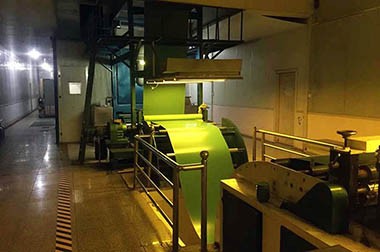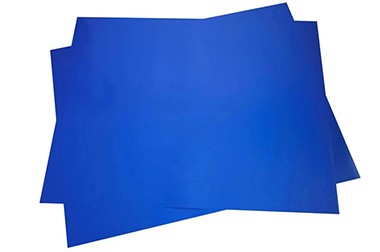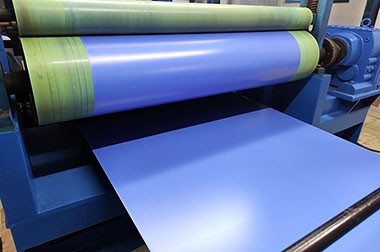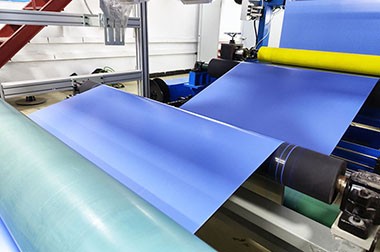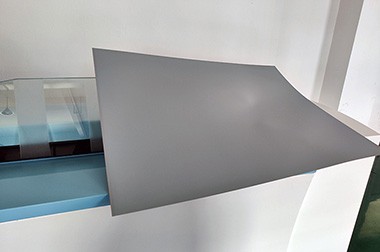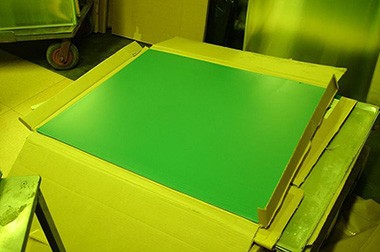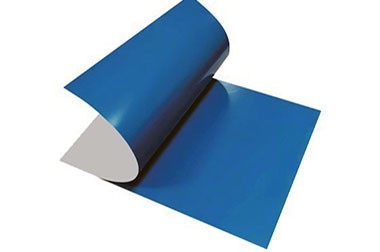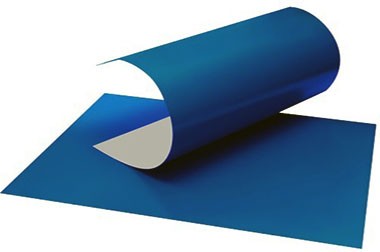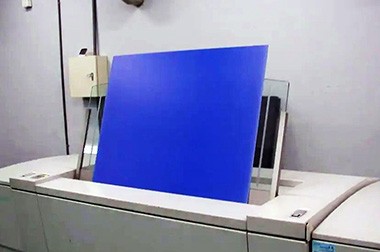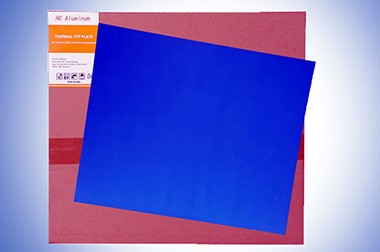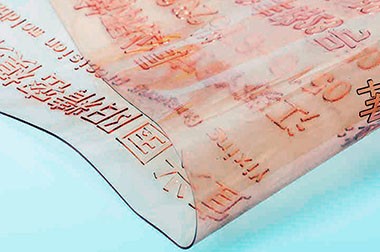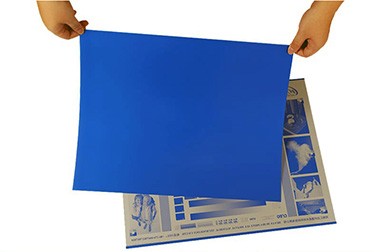CTP Computer-to-Plate
Mar. 06, 2025
CTP (Computer-to-Plate) is an advanced imaging technology in modern printing processes. It directly transfers digital images from a computer system to a printing plate without the need for intermediate film or other media. This technology offers advantages such as efficiency, precision, and environmental friendliness, making it widely used in high-quality, large-volume printing production, especially in fields such as newspapers, books, packaging, and commercial printing.
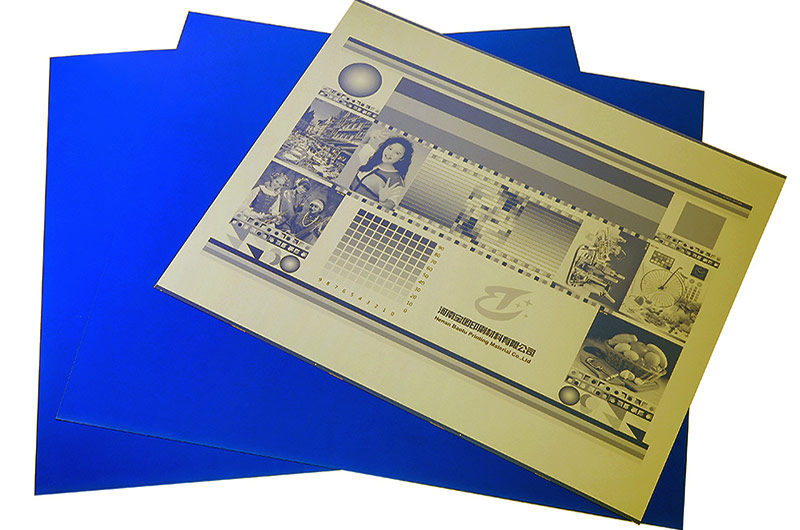
CTP (Computer-to-Plate) Working Principle
- Digital Image Generation: First, the image or page layout is created using desktop publishing (DTP) software such as Adobe InDesign, Illustrator, etc. These files contain the complete page layout, text, images, and design elements.
- Transfer to CTP Device: Once the design is complete, the file is sent via computer to the CTP device. The CTP device typically consists of specialized hardware and software that can read digital data from the computer and convert it into signals for plate-making.
- Laser Imaging: In the CTP device, a laser beam (usually ultraviolet) scans the surface of the plate and directly etches the digital image information onto the plate. The laser forms tiny dots on the plate surface, which determine the final print’s colors and details. Different types of plates, such as aluminum plates, react to the laser exposure in various ways, altering the physical properties of the plate surface, making it receptive to ink in the print process.
- Plate Formation: After the laser exposure, the image is "burned" into the surface of the plate, creating areas that can accept ink, while areas not exposed to the laser retain their resistance to ink. The plate is now complete and ready for printing.
- Printing Process: The completed plate can be directly mounted onto the printing press for mass production. Due to the high precision of CTP technology, the printed products typically exhibit more consistent quality, reducing errors and repetitive work in traditional plate-making processes.
CTP (Computer-to-Plate) vs. CTF (Computer-to-Film)
- Media Differences: In traditional Computer-to-Film (CTF) technology, the computer-generated image first needs to be output onto photographic film, which is then used to create the printing plate. This process is time-consuming and can introduce additional errors. In contrast, CTP directly outputs the digital image onto the plate, eliminating the intermediate film step and reducing potential errors caused by physical media conversion.
- Efficiency and Precision: CTP technology is more efficient in terms of production time, as it eliminates the need for film generation and processing. The laser directly images onto the plate, achieving higher resolution and finer printing effects. This is especially advantageous for high-quality prints and products requiring detailed images.
- Environmental Friendliness: CTP typically does not require the use of chemicals or film, reducing environmental pollution. Additionally, CTP plates can be recycled, minimizing waste and supporting the sustainability of the production process.
Advantages of CTP (Computer-to-Plate)
- Increased Production Efficiency: As CTP directly converts digital images into plates, it eliminates the film and darkroom operations involved in traditional plate-making, significantly shortening the plate-making cycle and speeding up production.
- Precision and Consistency: CTP ensures precise control over the image creation process, avoiding errors that may arise from film and chemical processes, ensuring consistent print quality.
- Cost Reduction: By eliminating film creation, chemical processing, and other steps, CTP reduces production costs.
- Waste Reduction: Without the intermediate film step, material waste is minimized. Plate-making also becomes more eco-friendly, aligning with the modern printing industry's sustainability goals.
- Digital Workflow: Printing plants using CTP technology can implement a fully digital workflow, where every step from design, proofreading, and typesetting to plate-making is controlled by computer systems, further increasing production automation.
- Higher Quality Output: CTP plates can more accurately reproduce the details of the design, making it ideal for high-resolution fine printing, such as books, artwork, and packaging prints.
Applications of CTP (Computer-to-Plate)
- Commercial Printing: Includes high-volume print products such as newspapers, magazines, brochures, etc.
- Packaging Printing: High-quality packaging products such as food packaging, pharmaceutical packaging, and cosmetic packaging.
- Book and Magazine Publishing: Publications that require high precision and color fidelity, where CTP ensures high-quality output.
- Label Printing: Includes various product labels, barcode labels, etc.
- Specialty Printing: Such as art reproductions, fine picture prints, and other prints requiring extremely high resolution and image detail.
CTP (Computer-to-Plate) Methods
The main types of CTP systems are internal drum, external drum, and flat-bed, each with its own advantages and disadvantages, making them suitable for different production needs and environments.
Internal Drum
- The plate is fixed on a cylinder, and the imaging head moves along the axis of the cylinder.
- Uses a rotating mirror to focus the laser beam, ensuring uniform beam intensity.
- Suitable for single laser setups, but difficult for multi-laser configurations.
External Drum
- The plate is wrapped around a rotating drum, and the imaging head moves along the axis.
- Simple design allows multiple imaging heads to work side by side.
- Significantly reduces the time required for imaging.
Flat-bed
- The laser beam scans a fixed flat plate by rotating a multi-faced mirror line by line.
- Lower edge precision, suitable for small-scale or low-quality production environments.
| Type | Structural Description | Features | Advantages | Limitations |
| Internal Drum | The plate is mounted on a cylinder, and the imaging head moves along the axis of the cylinder. A rotating mirror focuses the laser beam onto the target area of the plate. | Uniform beam intensity, suitable for single-laser systems. | Stable beam intensity, uniform imaging process. | Multi-laser systems are difficult to implement, slower speed. |
| External Drum | The plate is wound around a rotating drum, and the imaging head moves along the axis to focus the laser beam on the surface of the plate. | Supports multiple imaging heads working in parallel, reducing imaging time. | Efficient, allows multiple imaging heads to work simultaneously, improving production efficiency. | Only suitable for production environments with larger plates, may result in larger space occupation. |
| Flat-bed | The laser beam scans a fixed flat plate line by line through a rotating multi-faced mirror. | Simple structure, suitable for smaller sizes and lower quality requirements. | Simple structure, suitable for lower precision needs, cost-effective. | Lower precision and quality, suitable for small sizes or low-requirement production environments. |
Computer-to-Plate (CTP) technology, compared to traditional CTF technology and other plate-making methods, has become an indispensable technology in modern printing industries due to its efficiency, precision, and environmental benefits.
Users viewing this material also viewed the following
Further reading: computer to plate machinecomputer to platecomputer to plate ctpcomputer to plate printingcomputer to plate systemsctp computerctp computer to platectp computer to plate machine



